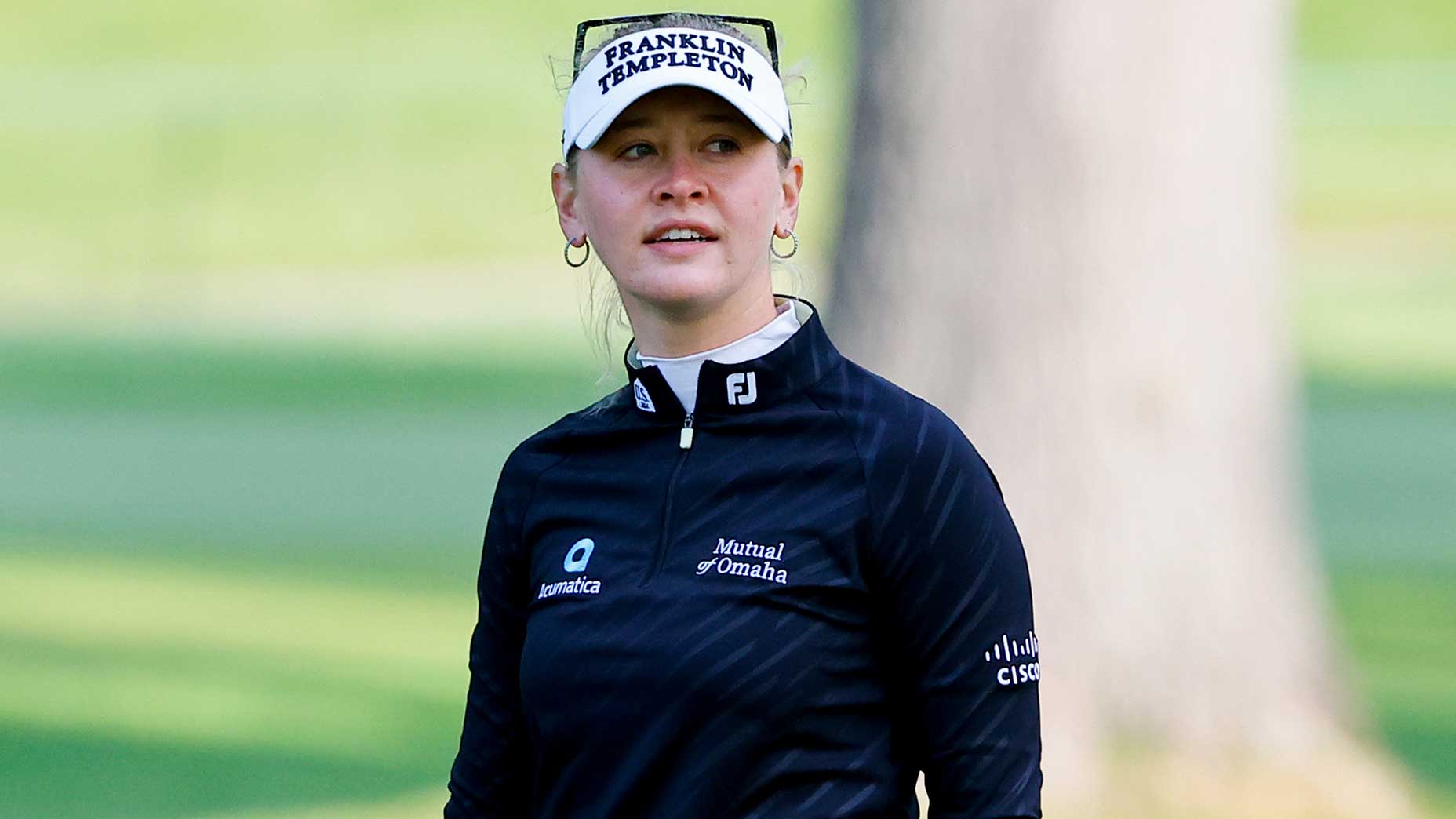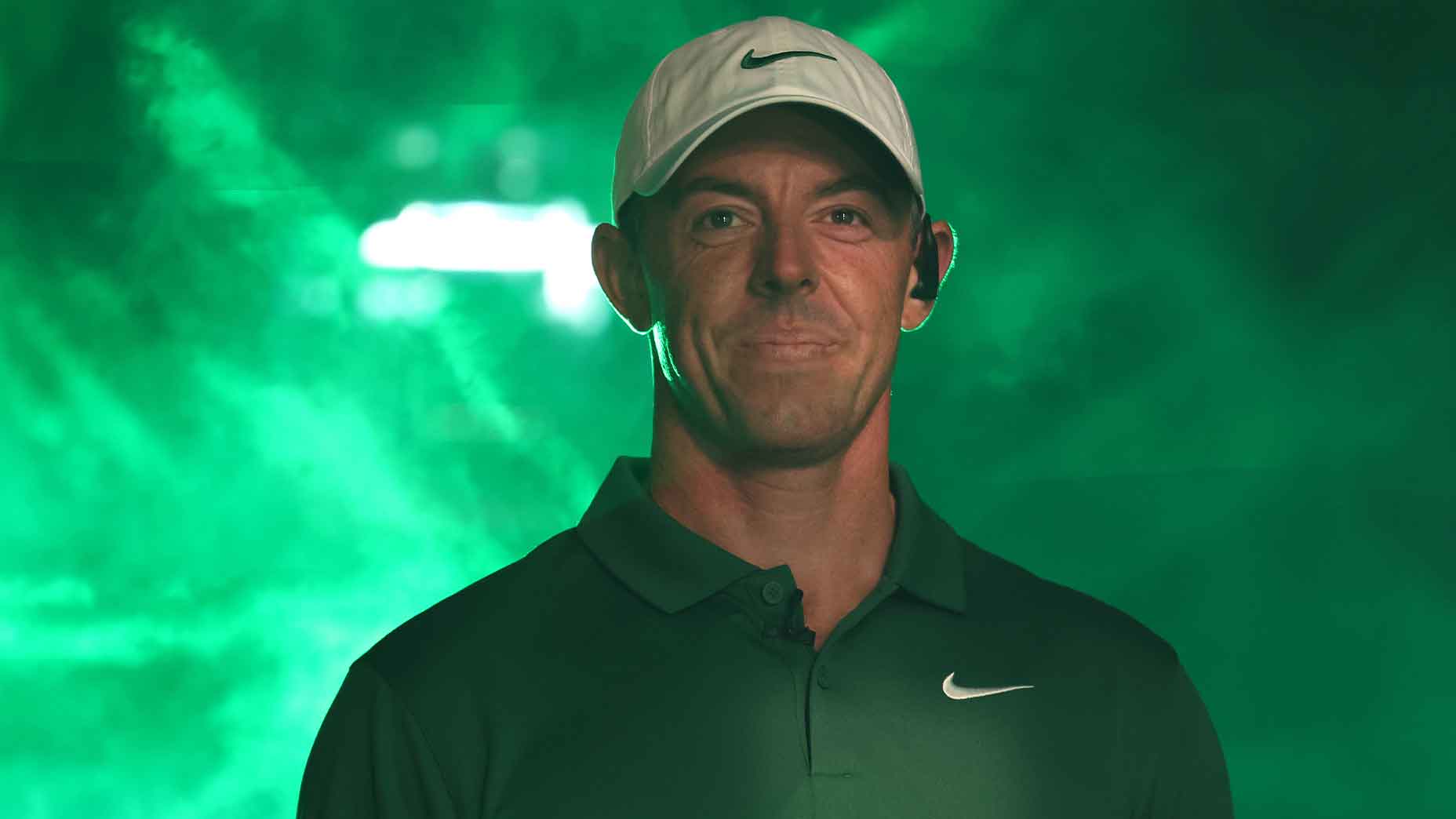The thick topline, moderate offset and wide sole of game-improvement long irons once screamed “hacker!” Rickie Fowler, for one, begs to differ—and so do other Tour players who have embraced the use of 3- and 4-irons that have characteristics similar to utility irons. An ultra-hot face (not the Tour players’) can help launch the ball high or zip it low with fairway-wood distance and spin.

In a recent post-round interview, Fowler called Cobra’s F9 Speedback 4-iron—which he adopted almost immediately upon its debut—a “sneaky weapon.” Fowler was smitten with the club while testing it at home, and believed it could be a better option than the Cobra King Forged CB 2-iron he carried.

“It’s a touch longer than my standard 4-iron, but what I saw was its potential as a driving iron,” Fowler told GOLF.com. “The graphite shaft added a couple of miles per hour ball speed to my ability to flight the ball high or low.”

Fowler’s decision came down to more than just pure distance. Going to a significantly wider sole actually made it easier to hit down on the ball and produce a driving flight without affecting the ball at impact.
“When it came to the thinner sole on my CB 2-iron, there wasn’t much width there for the club to hit the ground and react,” he said. “Now I can just hammer the 4-iron into the ground and not have to worry too much about turf interaction.”






